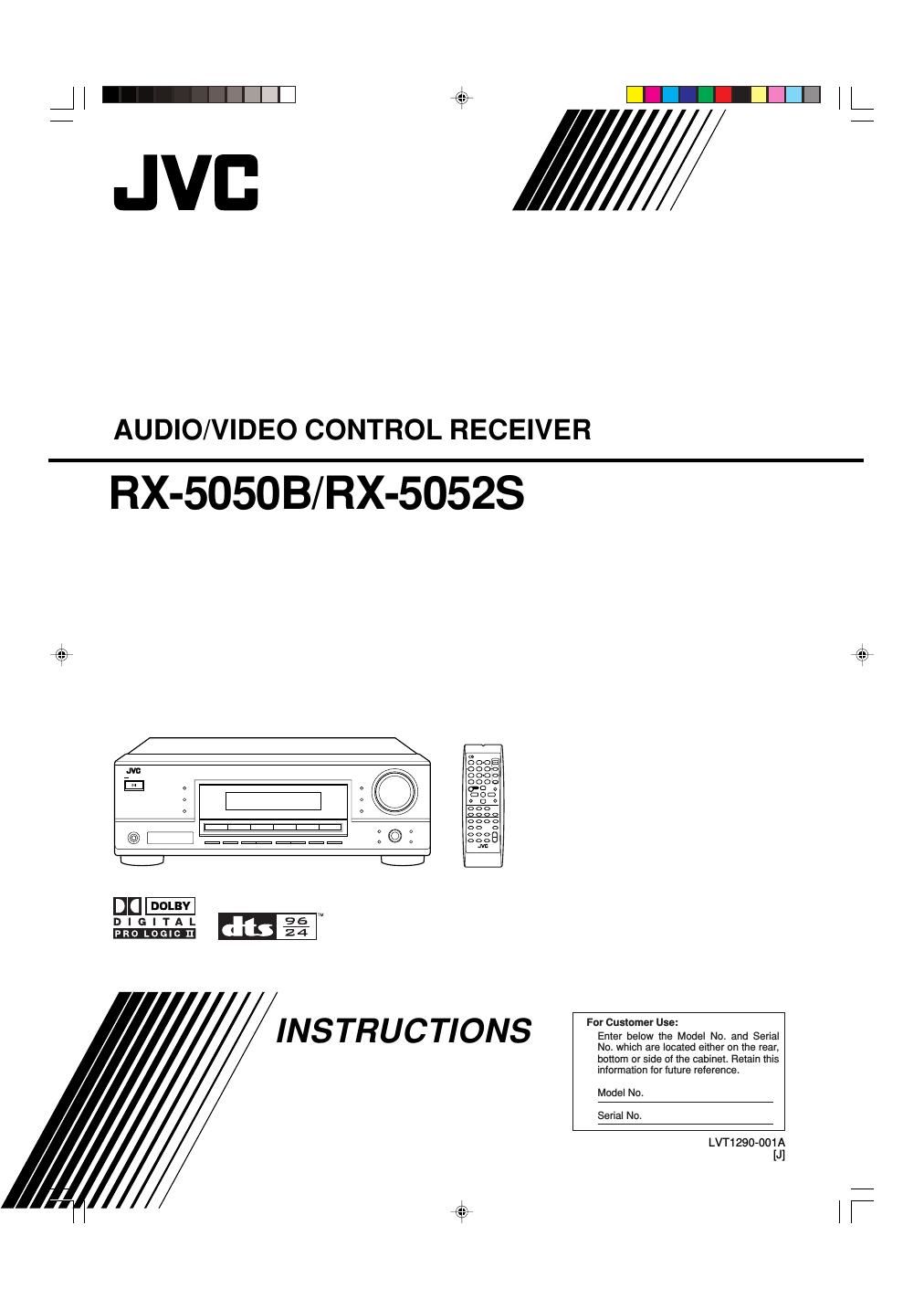Jvc RX 5052 S Owners Manual
This is the 76 pages manual for Jvc RX 5052 S Owners Manual.
Read or download the pdf for free. If you want to contribute, please upload pdfs to audioservicemanuals.wetransfer.com.
Page: 1 / 76
